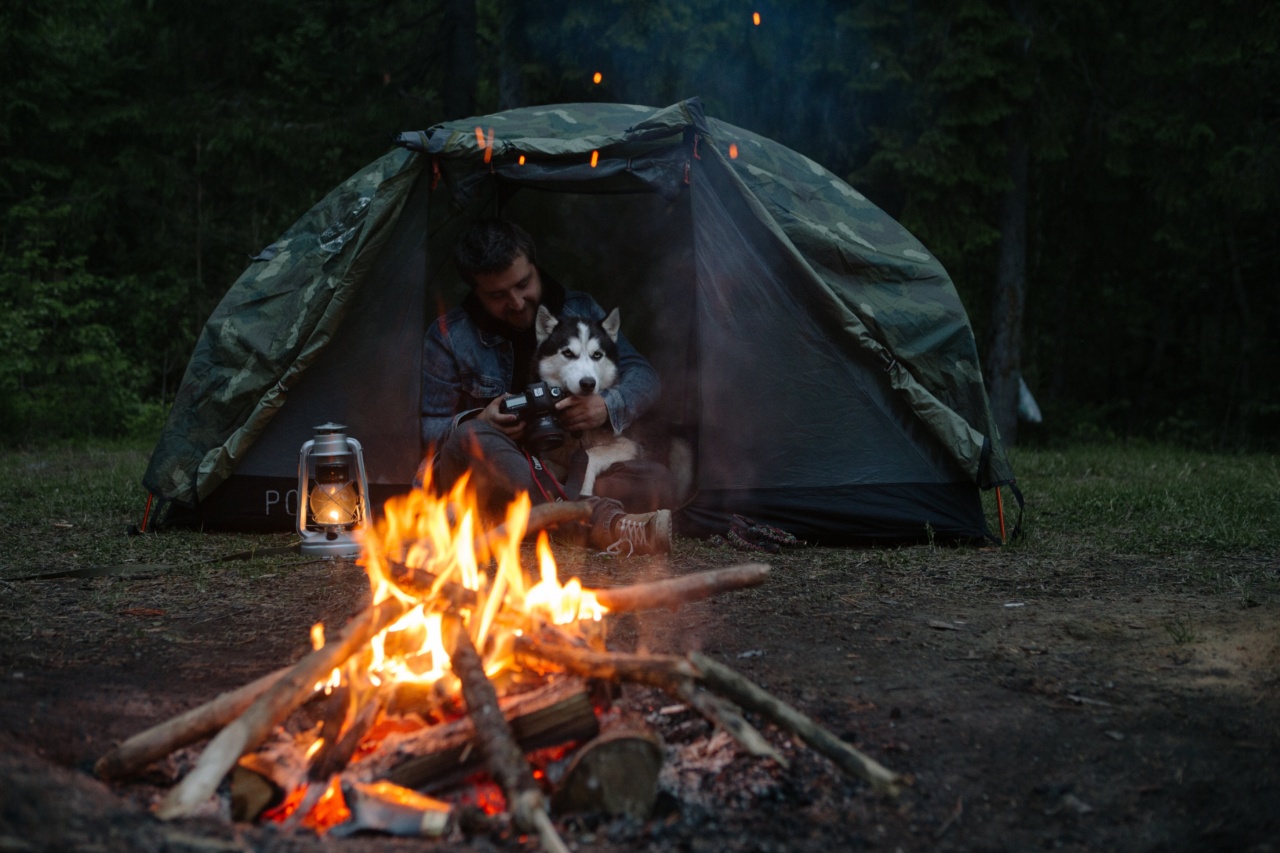Fires are devastating disasters that impact people and animals alike. In the aftermath of a fire, dogs can be left scared, traumatized and without a home. As a good Samaritan, it is important to approach a fire survivor dog with care and consideration.
This article will outline how to approach a fire survivor dog safely.
1. Look for Signs of Distress in the Dog
Fire survivor dogs can be traumatized and scared, which can lead them to be aggressive towards strangers. Before approaching a fire survivor dog, make sure to look for signs of distress in the dog. Some signs to look out for include:.
- Growling and snarling
- Showing teeth
- Barking or whining
- Trying to hide
If the dog is showing any of these signs, approach with caution and consider reaching out to a local animal control or rescue organization for assistance.
2. Get Permission from the Dog’s Owner
If the dog belongs to someone, such as a neighbor or family member, make sure to get their permission before approaching the dog. If the dog does not belong to anyone, consider reaching out to local rescue organizations for assistance.
3. Use Calming Techniques
Approach the dog slowly and calmly. Avoid making sudden movements or loud noises which may startle the dog. Speak to the dog in a soft, soothing voice while approaching it. Consider bringing along treats to help gain the dog’s trust.
Be patient and take the time to build a relationship with the dog.
4. Avoid Eye Contact
Dogs can interpret direct eye contact as a threat or challenge. Avoid direct eye contact with the dog and instead look at the ground or the surroundings. This will help the dog feel more comfortable and reduce the likelihood of it becoming aggressive.
5. Watch the Dog’s Body Language
Watch the dog’s body language as you approach it. Signs of a relaxed dog include a wagging tail, relaxed ears and a loose body posture. Signs of a stressed dog include a stiff body posture, pinned back ears, and a tense tail.
If the dog is showing signs of stress, retreat and approach slowly and calmly at a later time.
6. Give the Dog Space if Needed
If the dog appears anxious or scared, give it space and avoid approaching it too closely. Allow the dog to come to you on its own terms. Respect the dog’s boundaries and do not force interaction if the dog appears uncomfortable.
7. Be Ready to Retreat
Even if you follow all of the steps outlined above, it is still possible for the dog to become aggressive. Be prepared to retreat if the dog shows signs of aggression or discomfort.
Avoid turning your back on the dog and move slowly and calmly away from it while maintaining eye contact.
8. Seek Professional Help
If you are not comfortable approaching a fire survivor dog, or if the dog is showing signs of extreme distress or aggression, seek assistance from a local animal control or rescue organization. They can help safely capture and care for the dog.
9. Provide Basic Care
If the dog is injured or needs basic care, provide it with food, water, and shelter as needed. Seek veterinary care if necessary. Do not attempt to treat the dog’s injuries on your own, as this can cause further harm.
10. Consider Adoption
If the dog is a stray or abandoned, consider adopting it if you are able to provide a safe and loving home. Rescue organizations can also help with the adoption process and provide resources to help care for the dog.





























